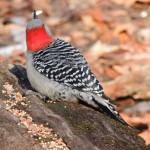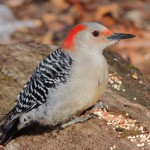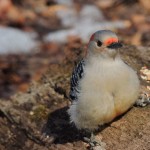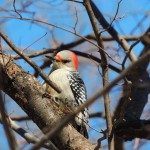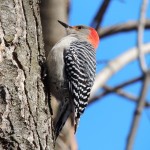23 March 2014. Cootes Paradise ,Hamilton ON. Bird of the Day was a tough decision. My choices were: a group of five Northern Pintails gathered along the edge of an opening in the ice; Tundra Swans, twenty seven of them, wondering why they’d left their Atlantic havens to find only ice where there was supposed to be water, or; four sub-adult Bald Eagles circling over a group of White Pines.
I visited our local library yesterday expecting to spend much of today indoors since a return to January temperatures was expected. But although every bit as cold as predicted, the day was bright and I wondered if a brisk walk around some interesting trails might turn up the odd hapless migrant wondering where it’d gone wrong. It worked, I place the pintails and swans in that category and also added a Great Blue Heron spotted plugging along wondering if it would ever find open water and a bite to eat.
But pleased as I was to find the pintails, they slipped into second place behind the swans. Male Pintails are such graceful ducks, they’re adorned with the avian equivalent of white-wall tires and chrome hood ornaments, I think it must have been a senior apprentice lad at the duck-design studios who created them, starting with an ordinary enough duck but adding as flourishes, an elongated tail and pinstriped necks. I photographed these two pairs in 2011 in British Columbia. (For now we’ll leave aside any analysis as to why the males have so clearly set themselves apart from the females, or why the photographer appears to agree.)
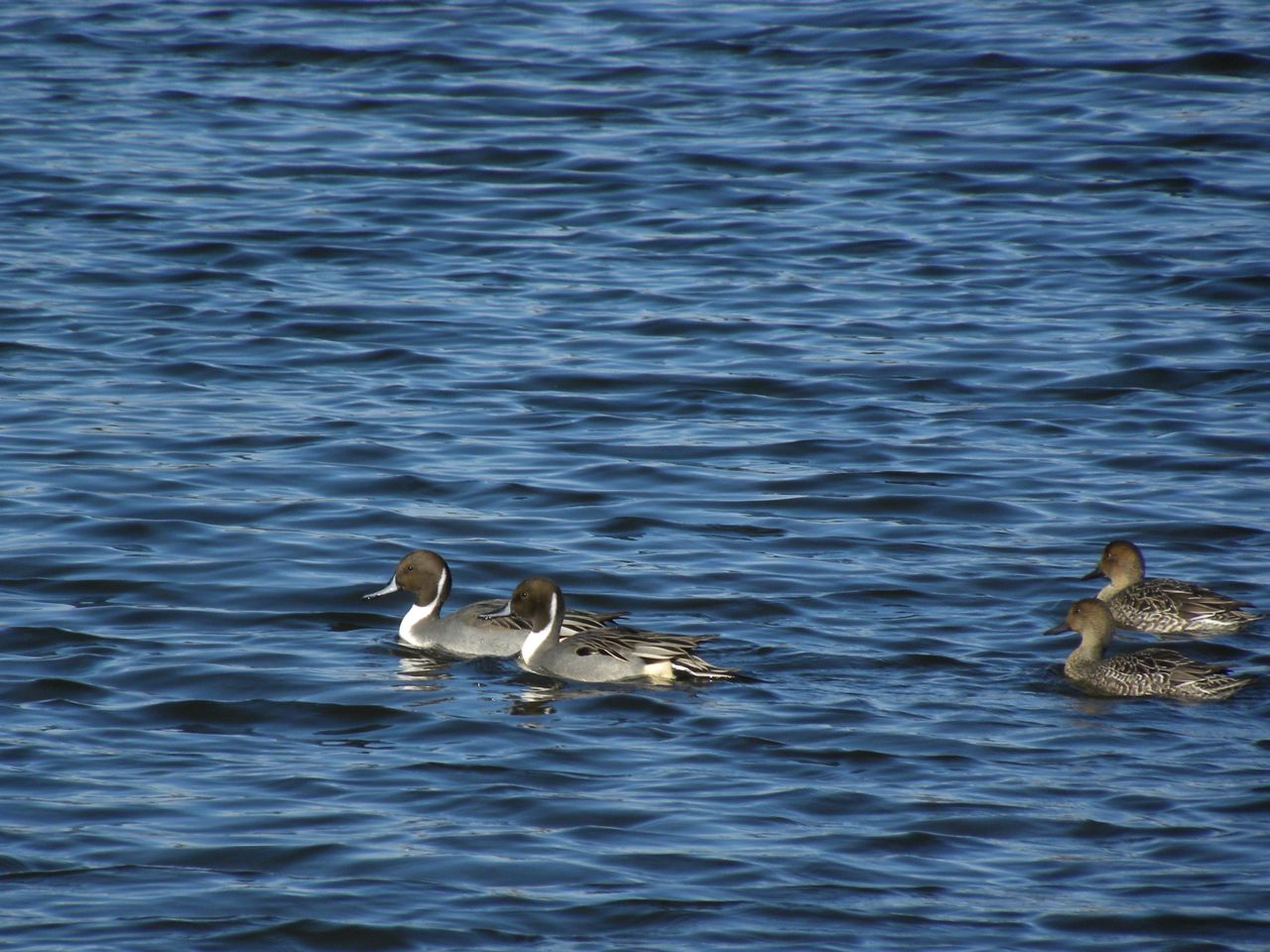
The Tundra Swans did for me the two or three things for which I value them so highly: First it’s the sound of them, a high-overhead flock calling amongst themselves, keeping in touch as they fly, a rhythmic, breathy “whoo whoo whoo”. It always stops me in my tracks to search the sky looking for a long undulating and flashing white V. I heard them today but I was in a wooded area and couldn’t find the flock; but still, it was there, that sound. Then half an hour later I found a group, perhaps the same ones I’d heard, sitting on the ice. They had probably just flown non-stop from the Atlantic coast, some seven or eight hundred kilometers, on the first leg of their journey to their breeding grounds on the shores of Hudson and James Bay. As I admired the group, I heard again a faint call and another eight or ten individuals arrived to join them; and this is where it can be magical. Their controlled descent from several hundred feet up in full wing-spread, they bank and turn dropping fast and then for the last fifty feet or so they cup their wings like parachutes, spread their webbed feet as brakes, turn into the wind and finally ease down onto the water where, with a quick ruffling wing-fold, they coo and head-bob a greeting. I could watch them all day. This photo taken on St Patrick’s Day five years ago captures some of that controlled descent as flocks gathered on Lake Erie.
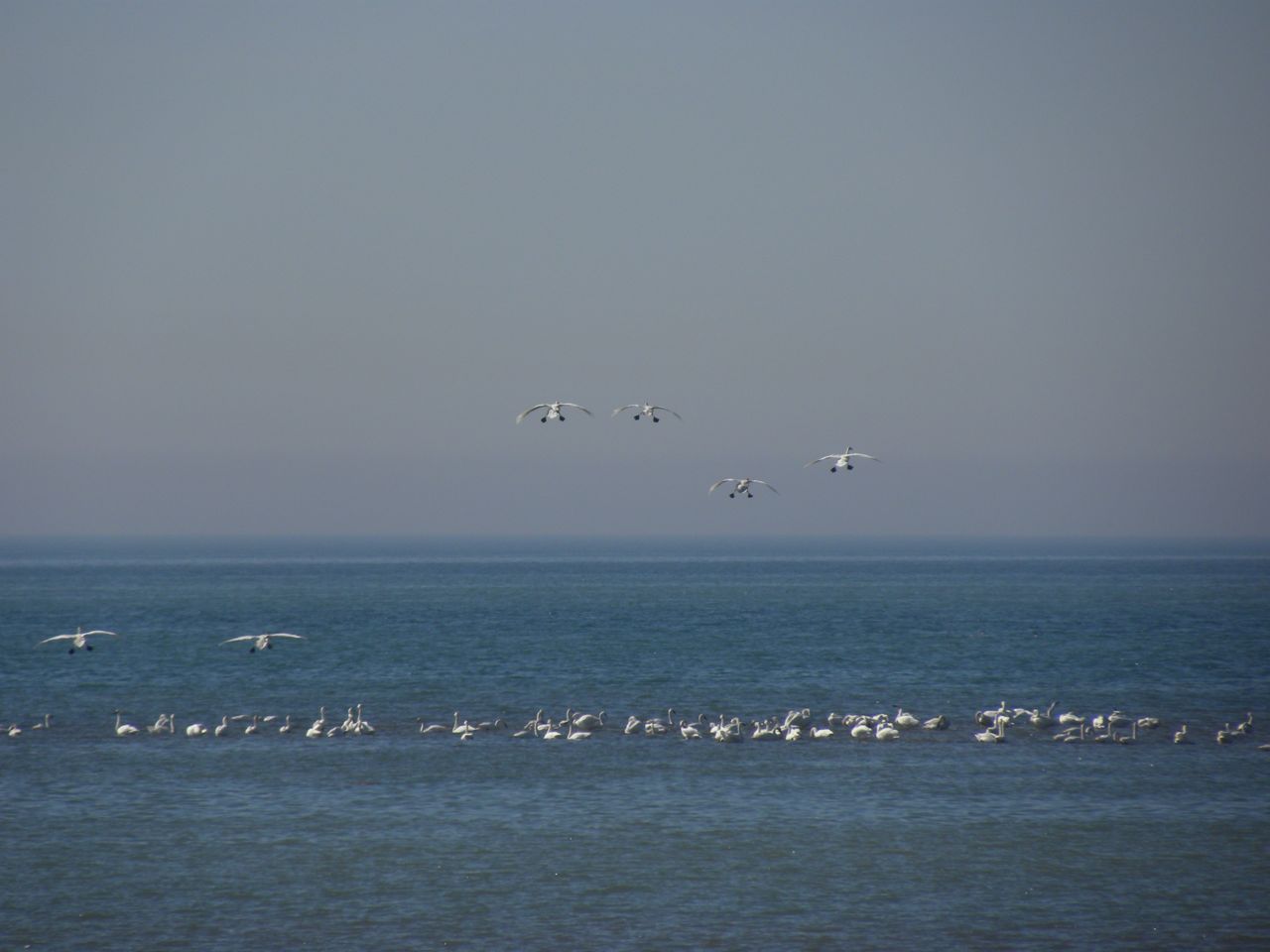
There was more to enjoy of course, Hairy, Downy and Red-bellied Woodpeckers, Red-winged Blackbirds staking out territory in the marshes, a splendid and hungry Blue Jay, Coyotes trotting across frozen expanses of lake and ice yachts going like a bat out of hell.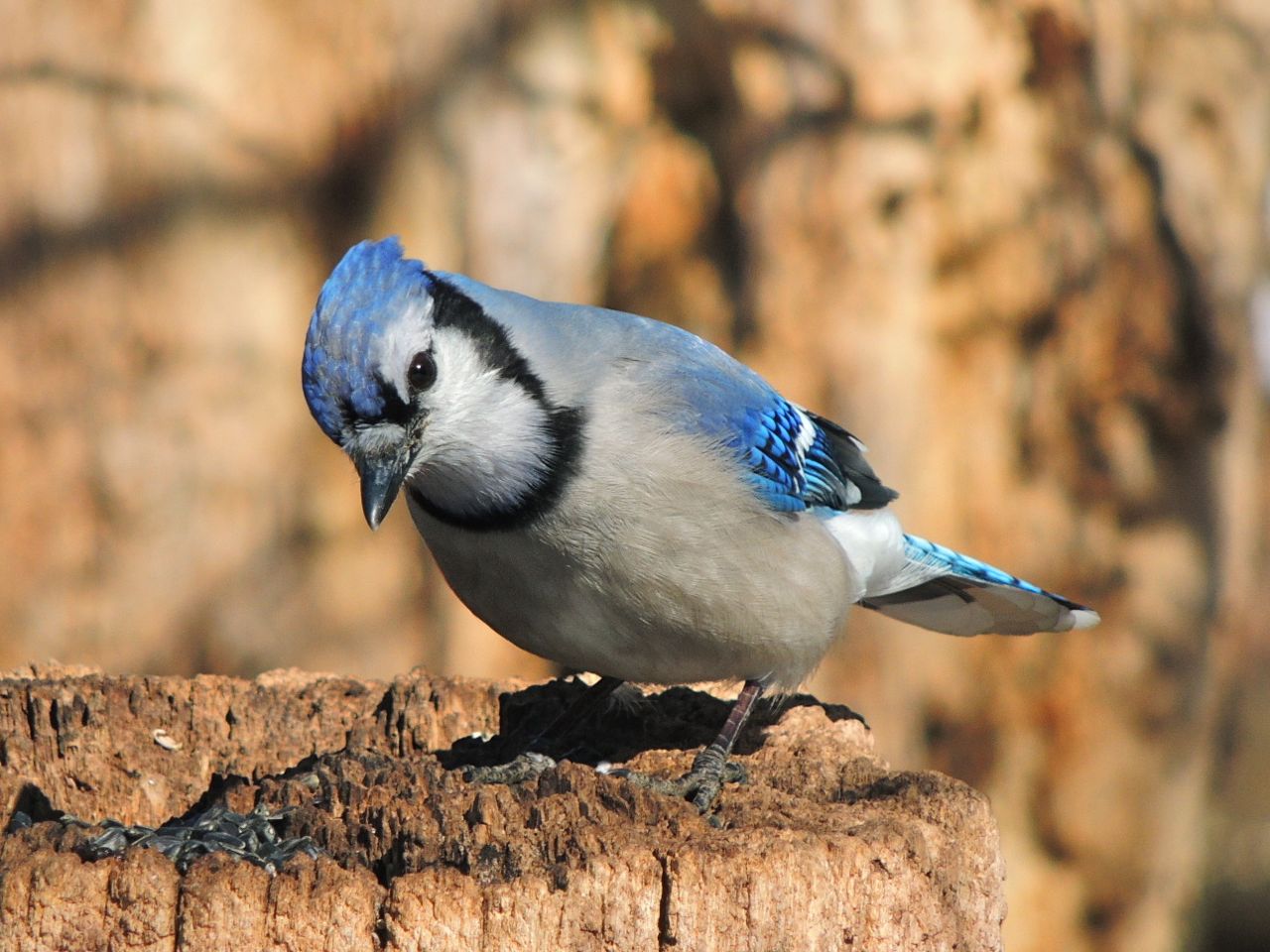
A review of today’s photos revealed this nice series of shots of a female Red-bellied Woodpecker. (Click to enlarge. Visible only on the website, not if you’re reading this as an email) The red cap covers only the nape and back half of the head of a female, but on the male it covers the entire head and nape. One of these photos shows as much of its red belly as you’re ever likely to see, a faint characteristic which someone perhaps thought was helpful to incorporate into its name.
